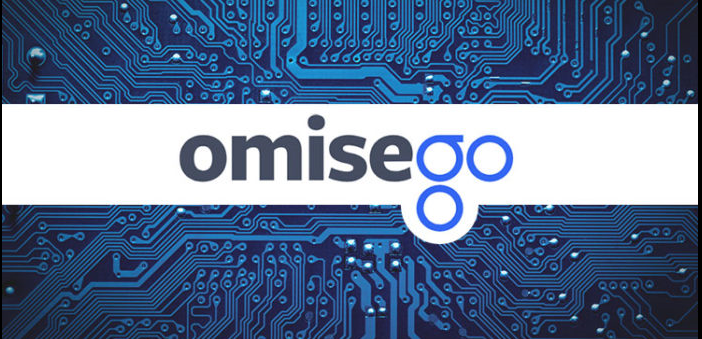Currently, when a foreign worker wants to send a remittance back to their home country through traditional financial services, it can cost a lot of money and take several days to process. The remittance market has been dominated for many years by a select few companies like Western Union and MoneyGram (Aouad, 2017). Most of the remittance payments are being made to developing countries, where many people still do not have access to financial services. Globally, there are over 2 billion people that do not possess a bank account (World Bank, 2014). With globalization and the growing use of smartphones, the demand to send money across borders more efficiently keeps growing. The remittance industry is expected to reach an astounding $618 billion by 2018 (Aouad, 2017).
OmiseGO, a platform launching later this year, will be tackling a lot of the aforementioned issues. The platform is being built on blockchain technology, which is a peer-to-peer network that provides a decentralized database, also referred to as a distributed digital ledger (Wright & de Filippi, 2015). The computers on this network are also known as nodes. Each node has a copy of the ledger, meaning that anyone can access all executed transactions. When a transaction is being conducted, all the nodes must come to an agreement in order to verify the authenticity of the transaction.
One of the many benefits of using OmiseGo is that transactions can be easily executed without a bank account through third party remittance services on the platform. In addition to only costing a fraction of what traditional remittance services such as Western Union charge, it allows people that do not have access to a bank account to be financially included. OmiseGO also allows users to acquire different currencies, including crypto- and fiat currency, with minimal conversion costs.
Taking a look at Porter’s five forces, we can further elaborate on the market situation of the remittance industry:
- Bargaining power of suppliers is currently low but will increase in the future due to increased competition from OmiseGo.
- Bargaining power of buyers will increase with competition from the platform.
- Threats of new entrants has been traditionally low because of the high amount of required capital and regulations, which a platform like OmiseGO can facilitate, in particular the former.
- Threat of substitutes has been high in recent years, and will continue to rise with OmiseGO, as there has been an increase of digital services like PayPal.
- With the introduction of the platform, industry rivalry will increase due to low switching costs among providers offering cheaper fees.
Looking at the future of the remittance industry, it is expected that blockchain will play an increasingly important role. With the increase of smartphones and internet penetration, especially in developing countries, having a platform that allows for fast, transparent, low cost and secure transactions is vital (Horowitz & Phelan, 2015). The amount of remittances continues to grow, new platforms such as OmiseGO are poised to seriously disrupt the industry by providing a cheaper and faster service.
References
- Aouad, A., 2017. THE DIGITAL REMITTANCE REPORT: How tech-savvy challengers are pushing the industry toward a digital-first future. [Online] Available at: http://www.businessinsider.com/the-digital-remittance-report-2017-7?international=true&r=US&IR=T [Accessed 4 Oktober 2017].
- Horowitz, J. & Phelan, A., 2015. China and India: The Growing Arenas for E-Commernce. [Online]
- Available at: https://www.usitc.gov/publications/332/executive_briefings/chinaindia_e-commerce-commissionreview.pdf [Accessed 1 Oktober 2017].
- Worldbank, 2014. Global Findex. [Online] Available at: http://www.worldbank.org/en/programs/globalfindex [Accessed 4 Oktober2017].
- Wright, A. & de Filippi, P., 2015. Decentralized Blockchain Technology and the Rise of Lex Cryptographia. SSRN, p. 58.

